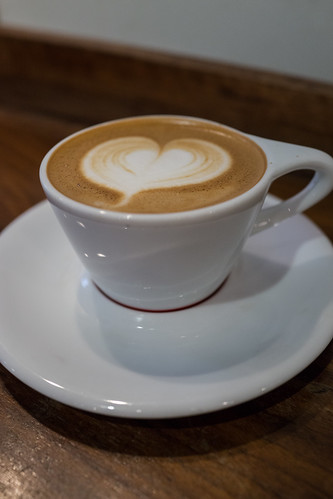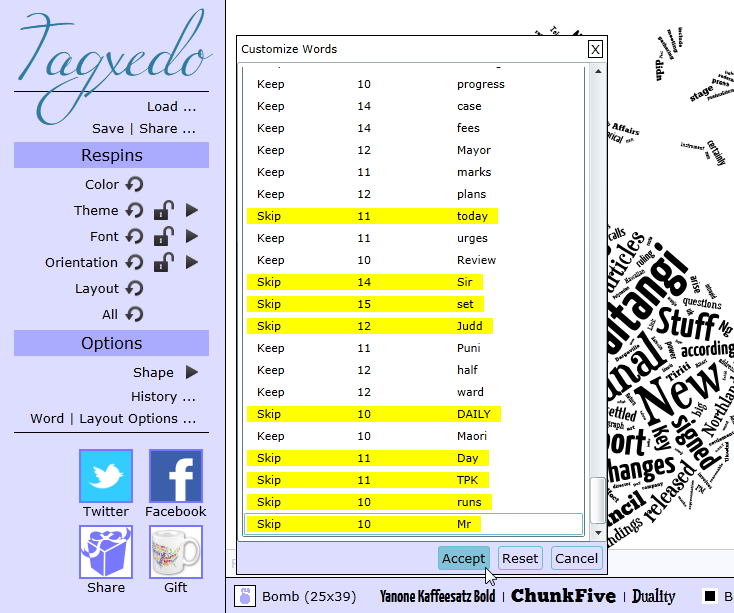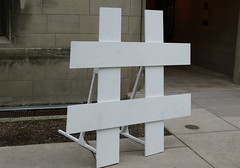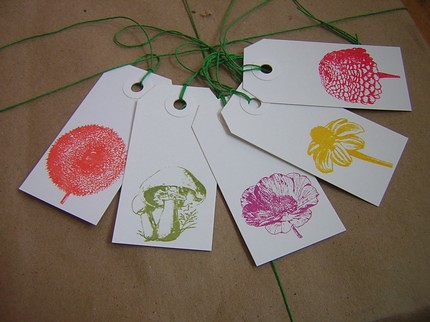Kia ora koutou katoa
He mihi tēnei ki ngā aumangaea
ō CreATE
mō ō koutou mahi, awhina hoki ki a
mātou te kapa o “23 Things”
pai rawa atu ngā mea
ia wiki ia wiki,
heoi me mutu ngā mea pai katoa,
He mihi nunui, he mihi mahana,
he mihi poto ki a koutou
Tēnā koutou, tēnā koutou, tēnā tātou katoa
Right at the beginning of these "Things", and in my very first blog post here I started with a mihi, and so I thought it only proper that I finish with one as well. Basically I am thanking the amazing staff at CreATE for all their work and support of us during our journey into using Social Media, and other online tools to help us with our research
by Gary Hayes
I have enjoyed this programme very much and have had colleagues from outside of the Faculty of Education frothing at the mouth to participate.
Learning new things at a self regulated pace was awesome, and I pushed myself not only because I am a bit of a geek but because of the promise of a coffee voucher.
I have enjoyed this programme very much and have had colleagues from outside of the Faculty of Education frothing at the mouth to participate.
Learning new things at a self regulated pace was awesome, and I pushed myself not only because I am a bit of a geek but because of the promise of a coffee voucher.
I am a tutu which means I like to play with new things and figure out how to use them; so for me the 23 "Things" were another opportunity (and an excuse) to have a tutu.
My blog has been an especially eye opening exercise for me, I like to think that as we have moved along in our programme that my blog writing has changed and that you are able to follow this change throughout the different posts within this blog.
I intend to continue blogging and have decided that I will try and make this a regular weekly feature. I remember reading in a post or on a website that the important thing is to write, which immediately made sense to me after all...
How do you get better at doing something?
You do it as much as you can (Practice)
I think that as I have colleagues (from other faculties/ service departments) who are interested in being a part of this programme one thing that CreATE may want to consider is opening the course University wide perhaps with assistance from Research who put "Increase your impact" up with tips on using social media to get your research out there.
So once again big ups
to the CreATE team who have done such an awesome job preparing the material and supporting us throughout the programme.
I guess my final words are watch this space and I should be posting a link to my new blog here soon.

































